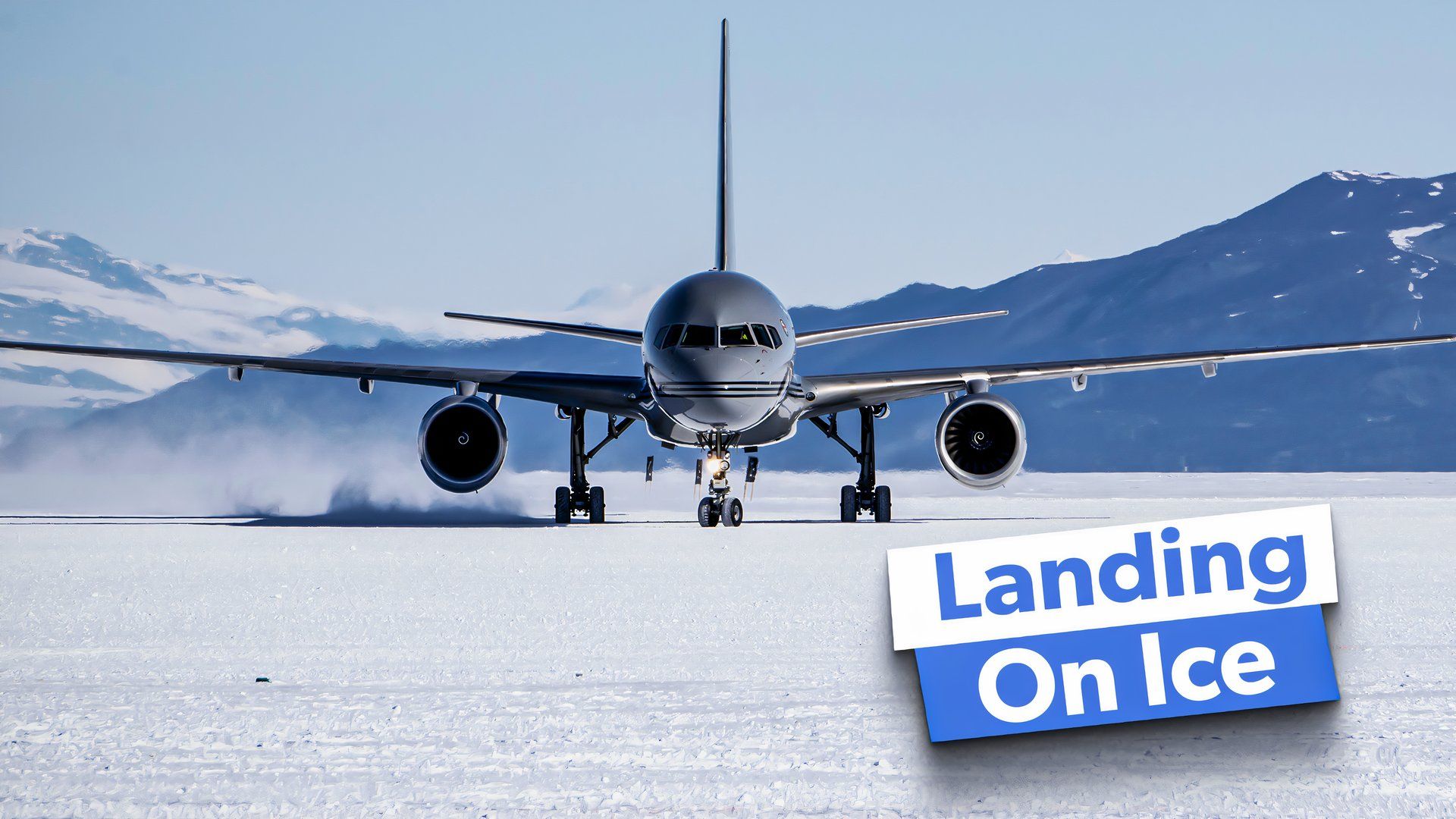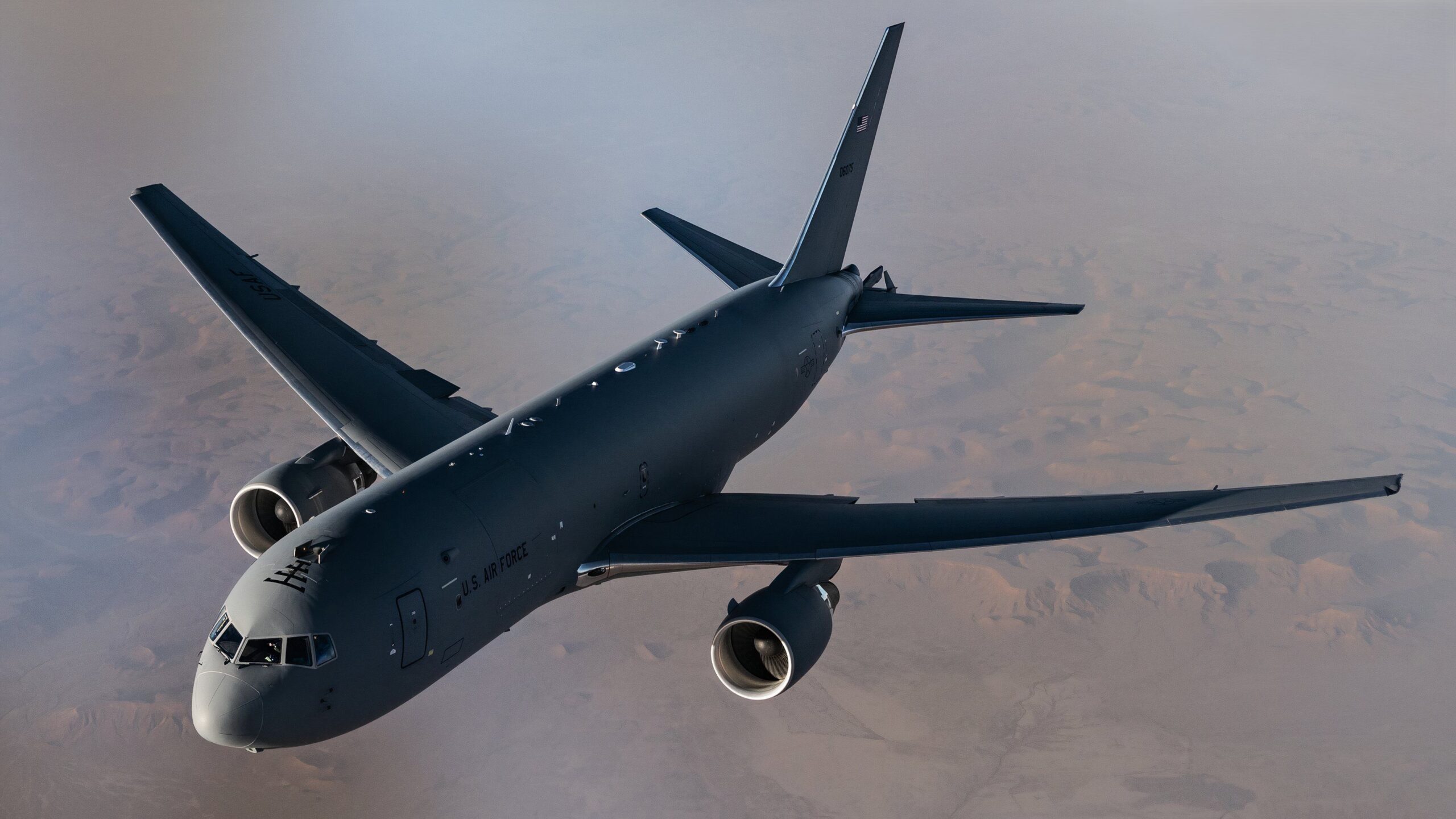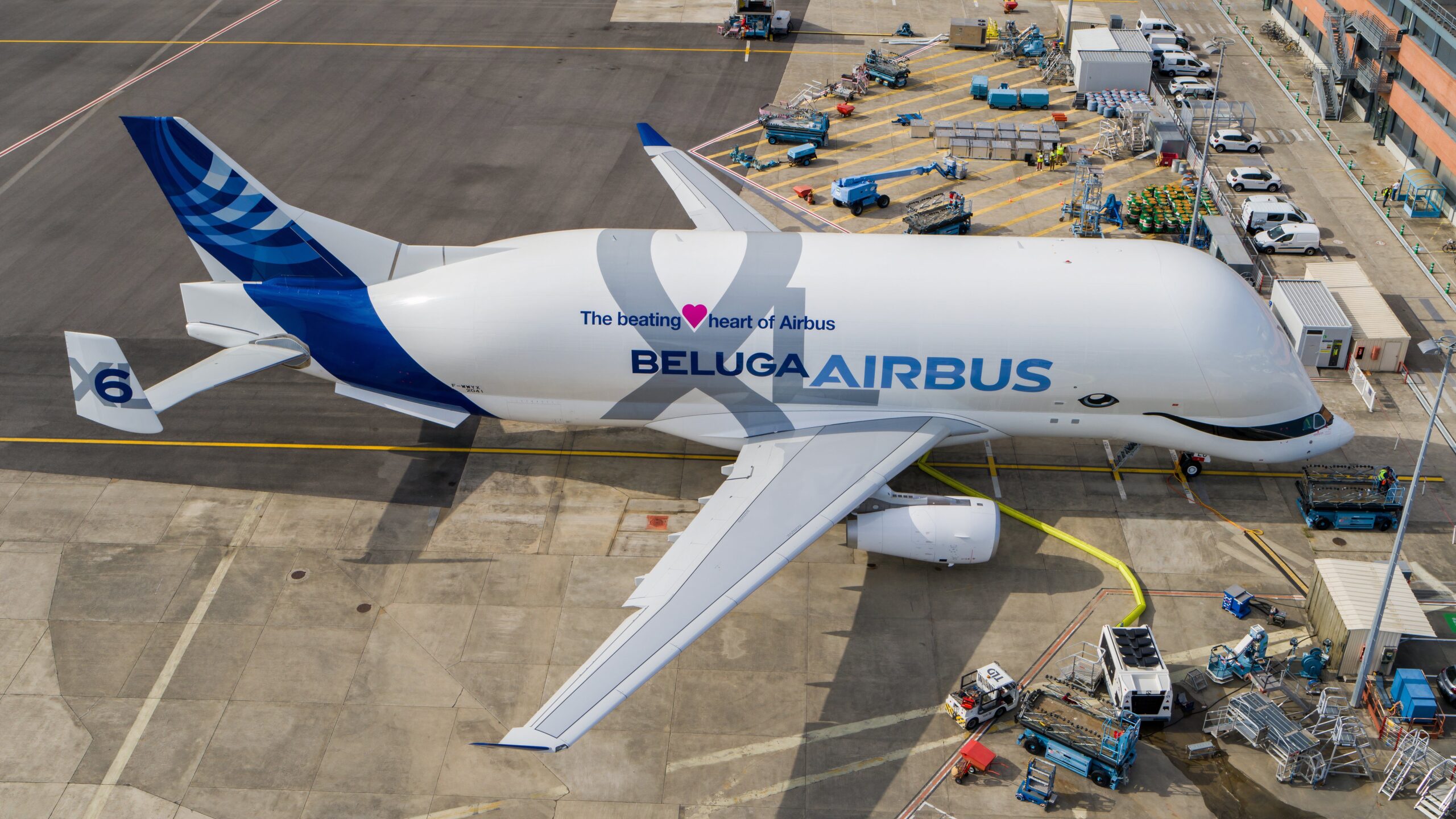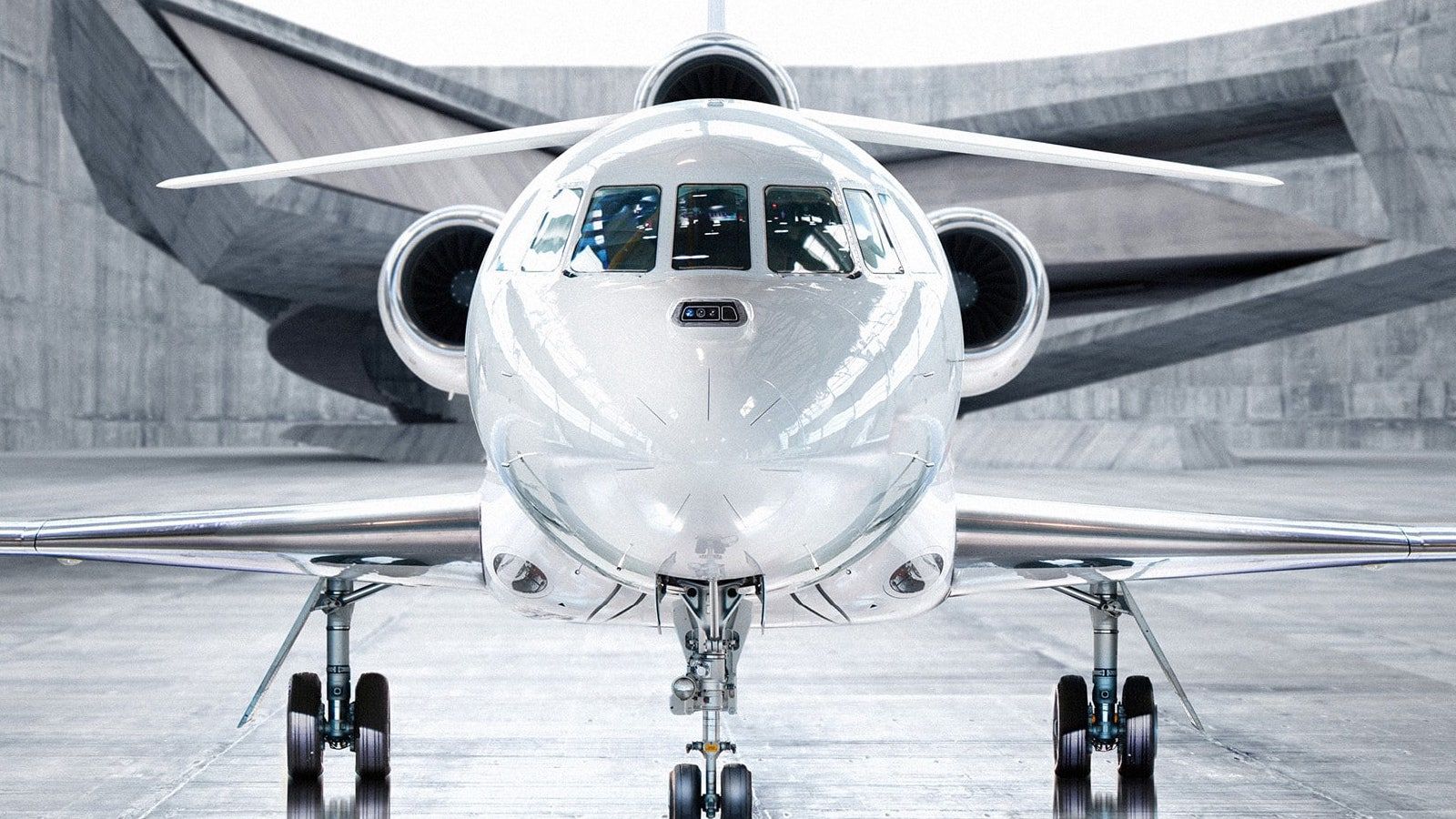Summary
- Large jet aircraft are increasingly accessing Antarctica, helping with the supply of scientific bases and opening up the continent to tourists.
- Blue ice runways at Wolf’s Fang Runway and Troll Airfield have been especially busy with a range of Airbus and Boeing widebodies.
- Meticulous runway construction, maintenance, and safety coordination are critical to ensuring safe flights to the white continent.
It was not long ago that the only way to get to Antarctica was via a long journey on a ship from a Southern Hemisphere nation such as Australia, South Africa, or Chile. These trips typically only happened during the three months of summer, when the polar ice was less hazardous and the relative ‘warmth’ and greater hours of sunlight posed fewer logistical challenges.
More recently, however, increasingly large jet aircraft have begun visiting the continent and landing on its unique blue ice runways. This greater connectivity is a boon for the scientists and supplies that travel to and from the mass of Antarctic research stations from 30+ nations. And it has also opened up the continent to a growing number of intrepid adventurers wanting to visit one of the last unspoiled wildernesses on the planet. But what does it take to run an ice airport in Antarctica?
Photo: White Desert
Widebodies to the White Continent
The first wheeled aircraft to land in Antarctica was a Douglas DC-4 on a blue-ice airfield at Patriot Hills in 1987. The success of these initial operations led to rapid expansion, with the airfield soon accepting Douglas DC-6, Lockheed C-130 Hercules, and Ilyushin Il-76 aircraft.
Photo: Antarctic Logistics & Expeditions
It was just a matter of time before commercial airliners started operating in Antarctica, and it was the Australian Antarctic Division that, in 2007, began using Airbus A319s to make regular flights to the blue ice airfields of the Australian base at Wilkins and the US base at McMurdo. More recently, Smartwings operated the first Boeing 737 MAX service to the Troll airfield in 2022.
Photo: Smartwings
But it has been the spate of widebodies that are increasingly making the trip to the white continent that have really been grabbing the headlines:
These sorts of operations require meticulous planning and some very specialized runways. The blue ice airfields at Wolf’s Fang and Troll are perhaps the most famous for their widebody operations, and worthy of a closer look.
Wolf’s Fang and Troll
Wolf’s Fang Runway is a private airfield operated by White Desert, a British tour operator offering a commercial private jet service to Antarctica. It is located in Queen Maud Land, sitting beneath the iconic Wolf’s Jaw mountain range. Wolf’s Fang holds the record for landing the largest passenger aircraft on the continent to date (Hi Fly A340-300)
Photo: White Desert
Troll Airfield is also located in Queen Maud Land, and is owned and operated by the Norwegian Polar Institute. Opened in 2005, it has a 3,300 long and 100 meter wide runway cut into the glacial blue ice. Troll has been the recipient of numerous intercontinental flights, which normally operate from Cape Town International Airport (CPT).
Photo: Norwegian Polar Institute
Constructing a blue ice runway
Both of these locations have lengthy blue ice runways that took meticulous planning and preparation. It starts with surveyors that identify a suitably flat portion of ice at least 3,000 meters long. At Wolf’s Fang, another key consideration was aligning with the prevailing wind to provide maximum efficiency for the large aircraft.
The actual construction of the runway is a lengthy process. At Troll, it took two years to complete and required a laser cutter to level the blue ice. ‘Snow groomers’ are then used to carve thin grooves into the ice, providing greater traction for wheeled aircraft.
Photo: Australian Antarctic Program
Maintaining the runway
Even with the runway constructed, just as much effort needs to go into maintaining it. During the winter months, the runway is covered with snow in order to protect it. However, once the summer flying season arrives, large snow blowers are brought out to remove all snow to at least 10 meters back from the runway on each side.

Related
Which Aircraft Can Land In Antarctica?
Antarctica has seen a variety of aircraft, including passenger jets and military transport planes.
Given the size of the runway and the quantity of snow, this can take up to 2 weeks to complete, and even after every flight, it is typically a 12-hour process to clean the airstrip of snow. Careful attention is also given to the quality of the runway, which is closely inspected for any damage that could prove hazardous for aircraft. Ironically, flights are typically suspended for 4-6 weeks in December and January as the ‘warmth’ of the mid-summer months can lead to partial melting of the ice.
Photo: Australian Antarctic Program
Other support services
The airfields at Wolf’s Fang and Troll also provide a range of critical support services. Firefighting equipment and emergency medical facilities are on-site, just like with any conventional airport. Each airfield also has its own on-the-ground weather teams, supported by weather stations elsewhere across the continent, and communications is managed via redundant satellite connections.
Photo: Norwegian Polar Institute
Perhaps the biggest challenge of running an ice airport is fuel. Smaller aircraft, such as the Gulfstream that bring tourists to Wolf’s Fang, require refueling on-site. To manage this, aviation fuel is sent to Wolf’s Fang and Troll in 200-liter barrels aboard re-supply ships that dock at the ice shelf’s edge. These are then taken via tracked vehicles on a journey of hundreds of miles across the ice shelf to the airfields, where a 16,000-liter pressure fueling tank is used to refuel aircraft.
Photo: White Desert
A widebody future?
This is one of the key reasons why widebodies are becoming increasingly popular for Antarctic missions. They are able to carry a large amount of passengers and cargo in a journey as short as 5 hours from Cape Town. But just as importantly, a Boeing 787 or Airbus A340 can also carry enough fuel to make a return trip to Wolf’s Fang or Troll without the need for refueling.

Related
What Regulations Surround Flights To Antarctica?
Operators must conform to a strict range of regulations when flying to the icy continent.
All this will raise some new debates. Just as the Boeing 747 made transatlantic travel accessible to the masses, advances in modern airliners and blue ice runway management have the potential to make Antarctica accessible to far greater numbers of adventurous tourists. We will need to decide whether we want commercial widebodies to be an increasing feature of Antarctic travel, and if so, how best to regulate their movements to ensure the protection of this pristine wilderness.
Photo: Hi Fly | Mark Bow
Have you ever been to Antarctica? Would a trip to the white continent be on your bucket list if commercial flights made it increasingly accessible? Tell us about your thoughts and experiences in the comments.













